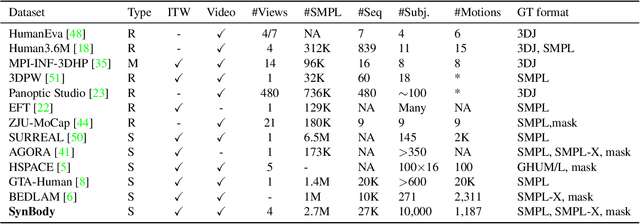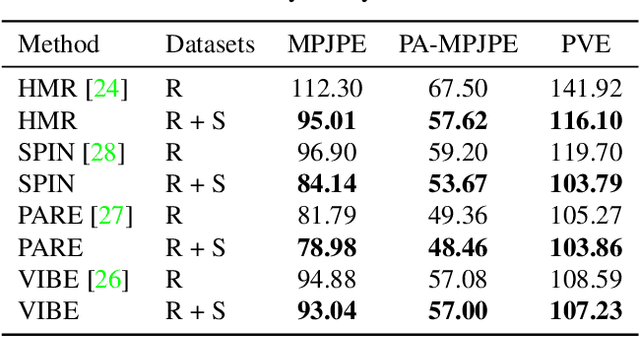Yukun Wei
GSDFuse: Capturing Cognitive Inconsistencies from Multi-Dimensional Weak Signals in Social Media Steganalysis
May 20, 2025Abstract:The ubiquity of social media platforms facilitates malicious linguistic steganography, posing significant security risks. Steganalysis is profoundly hindered by the challenge of identifying subtle cognitive inconsistencies arising from textual fragmentation and complex dialogue structures, and the difficulty in achieving robust aggregation of multi-dimensional weak signals, especially given extreme steganographic sparsity and sophisticated steganography. These core detection difficulties are compounded by significant data imbalance. This paper introduces GSDFuse, a novel method designed to systematically overcome these obstacles. GSDFuse employs a holistic approach, synergistically integrating hierarchical multi-modal feature engineering to capture diverse signals, strategic data augmentation to address sparsity, adaptive evidence fusion to intelligently aggregate weak signals, and discriminative embedding learning to enhance sensitivity to subtle inconsistencies. Experiments on social media datasets demonstrate GSDFuse's state-of-the-art (SOTA) performance in identifying sophisticated steganography within complex dialogue environments. The source code for GSDFuse is available at https://github.com/NebulaEmmaZh/GSDFuse.
Digital Life Project: Autonomous 3D Characters with Social Intelligence
Dec 07, 2023



Abstract:In this work, we present Digital Life Project, a framework utilizing language as the universal medium to build autonomous 3D characters, who are capable of engaging in social interactions and expressing with articulated body motions, thereby simulating life in a digital environment. Our framework comprises two primary components: 1) SocioMind: a meticulously crafted digital brain that models personalities with systematic few-shot exemplars, incorporates a reflection process based on psychology principles, and emulates autonomy by initiating dialogue topics; 2) MoMat-MoGen: a text-driven motion synthesis paradigm for controlling the character's digital body. It integrates motion matching, a proven industry technique to ensure motion quality, with cutting-edge advancements in motion generation for diversity. Extensive experiments demonstrate that each module achieves state-of-the-art performance in its respective domain. Collectively, they enable virtual characters to initiate and sustain dialogues autonomously, while evolving their socio-psychological states. Concurrently, these characters can perform contextually relevant bodily movements. Additionally, a motion captioning module further allows the virtual character to recognize and appropriately respond to human players' actions. Homepage: https://digital-life-project.com/
SynBody: Synthetic Dataset with Layered Human Models for 3D Human Perception and Modeling
Mar 30, 2023



Abstract:Synthetic data has emerged as a promising source for 3D human research as it offers low-cost access to large-scale human datasets. To advance the diversity and annotation quality of human models, we introduce a new synthetic dataset, Synbody, with three appealing features: 1) a clothed parametric human model that can generate a diverse range of subjects; 2) the layered human representation that naturally offers high-quality 3D annotations to support multiple tasks; 3) a scalable system for producing realistic data to facilitate real-world tasks. The dataset comprises 1.7M images with corresponding accurate 3D annotations, covering 10,000 human body models, 1000 actions, and various viewpoints. The dataset includes two subsets for human mesh recovery as well as human neural rendering. Extensive experiments on SynBody indicate that it substantially enhances both SMPL and SMPL-X estimation. Furthermore, the incorporation of layered annotations offers a valuable training resource for investigating the Human Neural Radiance Fields (NeRF).
 Add to Chrome
Add to Chrome Add to Firefox
Add to Firefox Add to Edge
Add to Edge